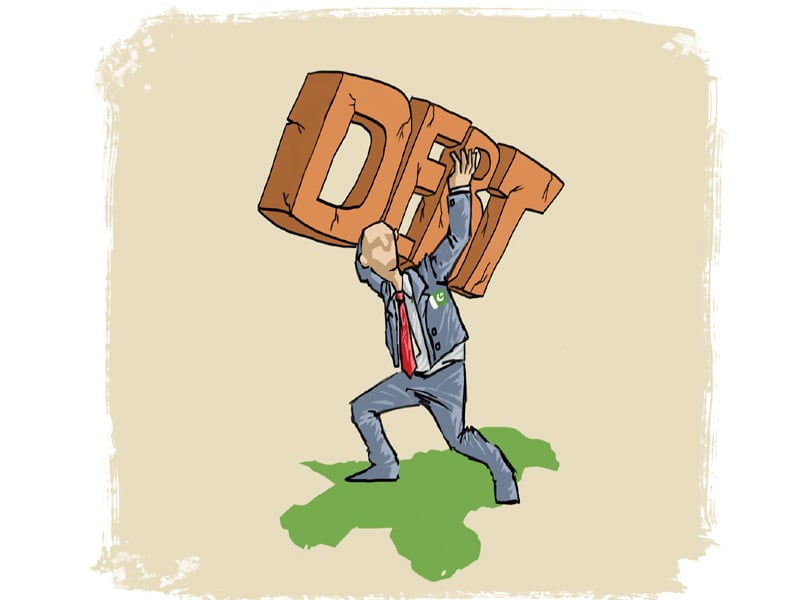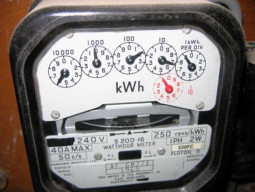
The point to draw from the above is that foreign loans are only truly beneficial when they are used to build assets because assets — projects — eventually (in theory) turn a profit once the loans used to capitalise them are paid off. The argument is being made that the shift from project loans to programme is leading to a collapse or at least degradation of infrastructure as insufficient funding is available to either upgrade or develop new-build. This is not the picture that the government would wish to have the nation believe as it rolls out ever more ambitious infrastructure projects across the country.
The trouble with debt is that it has to be paid. The economic argument runs that so long as the rate of return on borrowing is 1 percent or higher then foreign debt presents no management problem. As we now know that does not appear to be the case as most of the new foreign debt is holding up the budget. With forex reserves now below $19 billion — reduced by a drop in remittances and foreign exports as well as those irritating repayments that have to be made — there is a developing sense that the government is not managing the money as well as the ever-optimistic finance minister tells us it is. Balloons have a tendency to burst. Careful where you put those pins, Mr Dar.
Published in The Express Tribune, November 29th, 2016.
Like Opinion & Editorial on Facebook, follow @ETOpEd on Twitter to receive all updates on all our daily pieces.


1726222798-0/Tribune-Pic-(13)1726222798-0-165x106.webp)















COMMENTS
Comments are moderated and generally will be posted if they are on-topic and not abusive.
For more information, please see our Comments FAQ